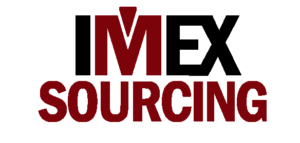Nothing Found
Sorry, no posts matched your criteria
Sorry, no posts matched your criteria
Call Hours: 9 am – 6 pm China (Convert Timezones Here)
Office Admin (Chinese):
+86-020-38876258
Office Admin (Hong Kong):
+852-310-70623
Microsoft Teams: imexcustomersupport
WhatsApp: +639603771653
Hong Kong Office:
RM 1001 10/F TWR B New Mandarin Plaza, 14 Science Museum Road, Tsimshatsui East, Kowloon, Hong Kong
Guangzhou Office:
Room 2812B, R&F Yingtong Building, No. 30 Huaxia Road, Tianhe District, Guangzhou, Guangdong, China 510623
*Other times possible. Leave a voicemail for return calls.
